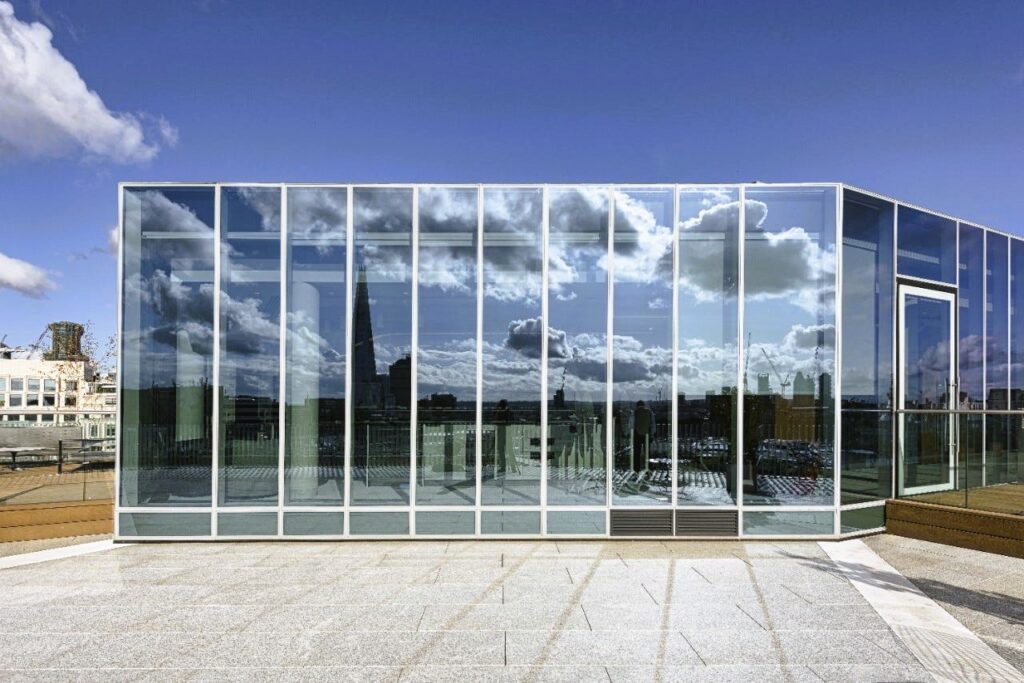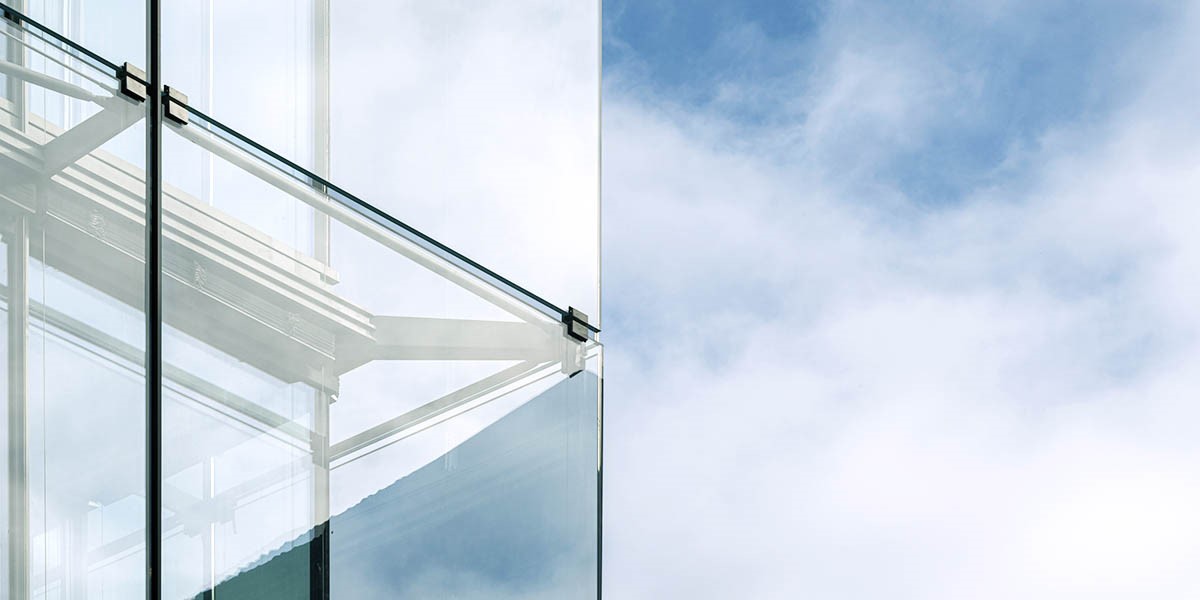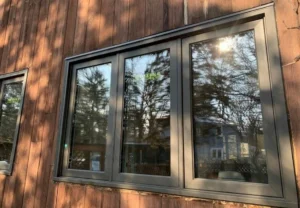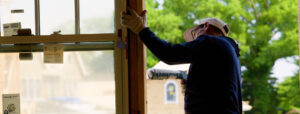Glass facades have become iconic symbols of modern architecture, adorning skylines and transforming cityscapes worldwide. These shimmering, transparent walls offer a unique blend of beauty and functionality, allowing architects to push the boundaries of design while addressing key considerations like energy efficiency and sustainability. In this article, we will explore the mesmerizing world of glass facades and their role in contemporary architecture.
The Evolution of Glass Facades
The use of glass in building facades dates back centuries, but it was the technological advancements of the 20th century that truly revolutionized its application. Early glass facades were limited in size and often required heavy structural support. However, innovations in glass production and engineering paved the way for larger, more transparent, and structurally efficient designs.
Transparency and Connection to Nature
One of the primary attractions of glass facades is their ability to create a seamless connection between the interior and exterior environments. By allowing natural light to flood into a building, glass facades blur the line between inside and outside, providing occupants with stunning views and a sense of openness. This transparency enhances the quality of life within the building and creates a more inviting and productive atmosphere.
Energy Efficiency
The quest for energy efficiency is a hallmark of contemporary architecture, and glass facades have not been left behind. Advanced glazing technologies, such as double-glazed and triple-glazed units, low-emissivity coatings, and insulated spacers, have made glass facades more energy-efficient. These technologies reduce heat transfer and enhance insulation, making buildings with glass facades more sustainable and cost-effective to operate.
Solar Control and Shading Solutions
Glass facades also incorporate innovative solar control and shading solutions to optimize energy performance. These include the use of external louvers, sunshades, or electronically controlled dynamic shading systems. Such systems adjust the amount of sunlight entering a building to prevent glare, reduce cooling loads, and maintain occupant comfort.
Structural Advancements
The development of structural glazing systems has enabled architects to create awe-inspiring designs characterized by vast, uninterrupted glass surfaces. These systems rely on high-strength materials and advanced engineering to support the weight of the glass and withstand wind and seismic forces. The result is stunning skyscrapers and buildings that seem to defy gravity.
Aesthetics and Customization
Glass facades offer a canvas for architects and designers to express their creativity. They can be customized through various techniques, including fritting, etching, or printing patterns onto the glass surface. This customization can be purely aesthetic, creating unique visual effects and enhancing the building’s character.
Interactive Facades
Advancements in technology have given rise to interactive facades that respond to environmental conditions or user interactions. For example, electrochromic glass can change its transparency based on sunlight, while LED-embedded glass panels can display dynamic lighting patterns. These interactive elements add an element of dynamism to the building’s exterior. Glass Partitions: A Solution for Modern Offices.
Maintenance and Durability

While glass facades offer stunning visuals, they also require regular maintenance to keep them looking their best. Cleaning and maintaining the exterior glass surface of tall buildings can be a logistical challenge, but modern technologies like self-cleaning glass coatings and robotic cleaning systems are making this task more manageable.
Safety Considerations
Safety is paramount in glass facade design. To mitigate the risk of injury, tempered and laminated glass is often used. Tempered glass is designed to shatter into small, relatively harmless pieces when broken, while laminated glass consists of multiple layers with an interlayer that holds the glass together even when it breaks.
Conclusion
Glass facades have become an integral part of modern architectural expression. They combine aesthetics, functionality, and sustainability to create iconic buildings that captivate our imagination and transform the urban landscape. From energy-efficient glazing to advanced shading systems and interactive elements, the possibilities for glass facades continue to expand.
As we look to the future, glass facades will likely play an even more significant role in sustainable architecture and design. Their ability to harness natural light, reduce energy consumption, and create inspiring spaces makes them a staple in the arsenal of contemporary architects and designers.
For more information on standards and regulations related to glass facades and construction, please visit Wikipedia. These sources provide valuable insights into the technical aspects and industry standards associated with glass facades in modern architecture.




